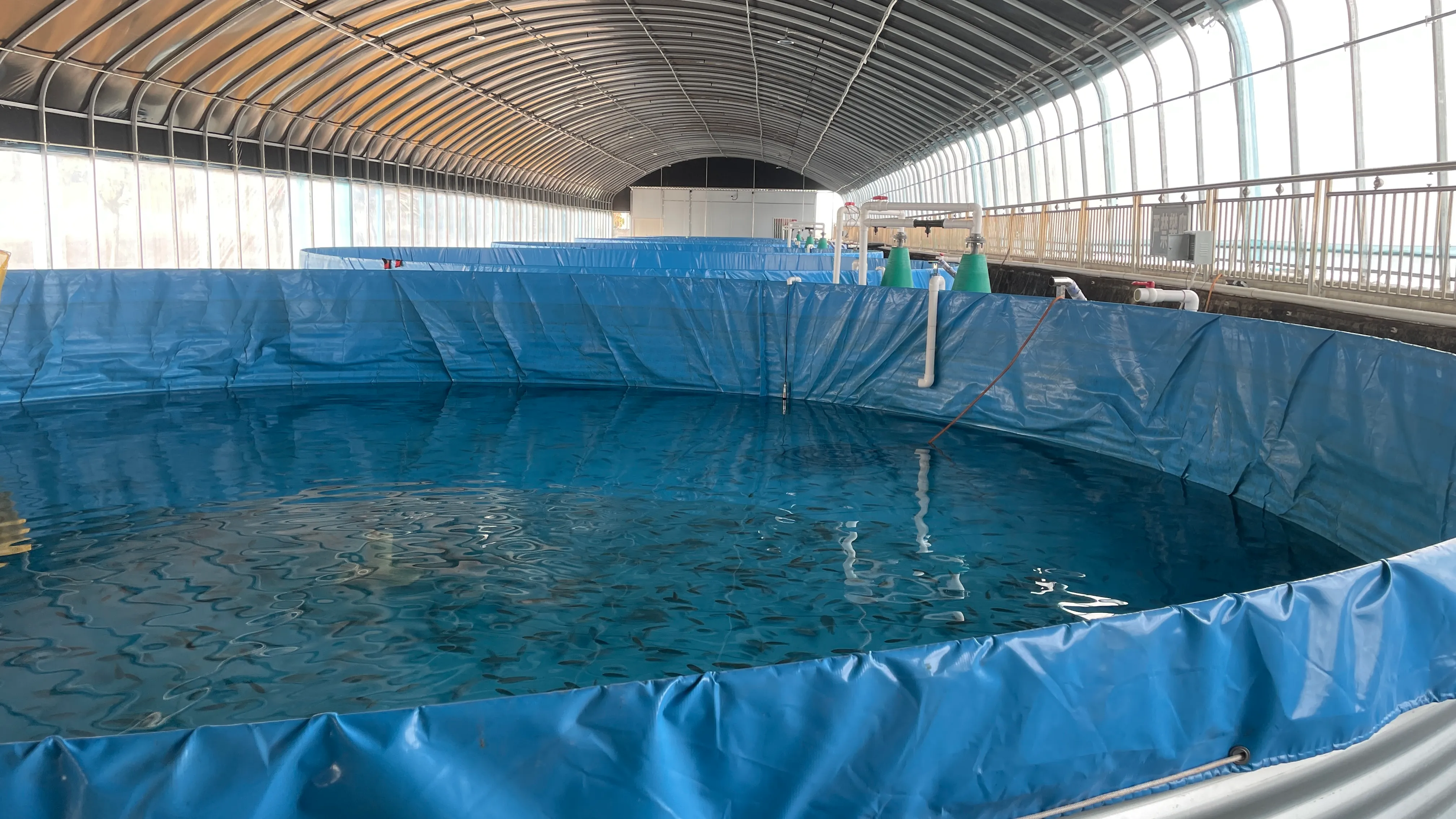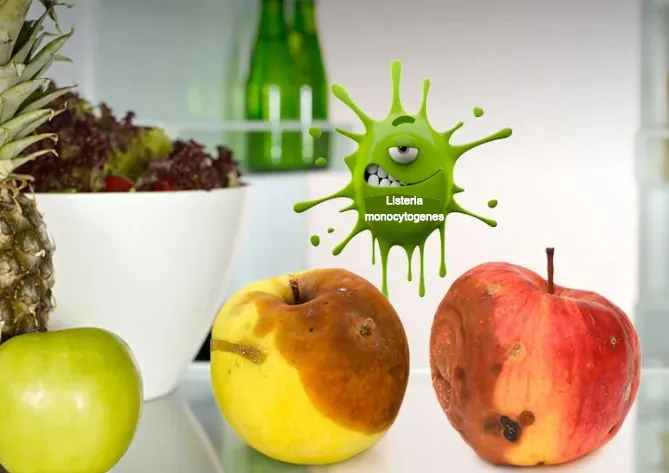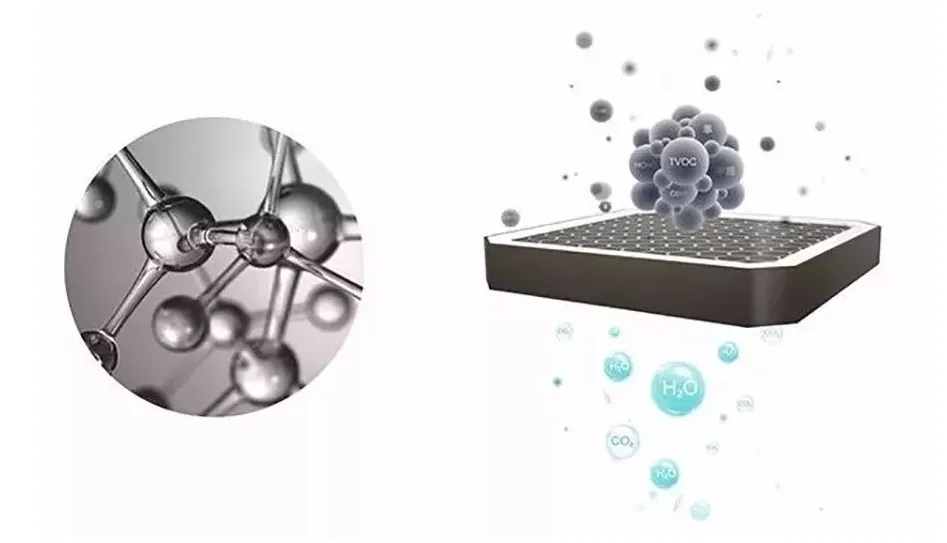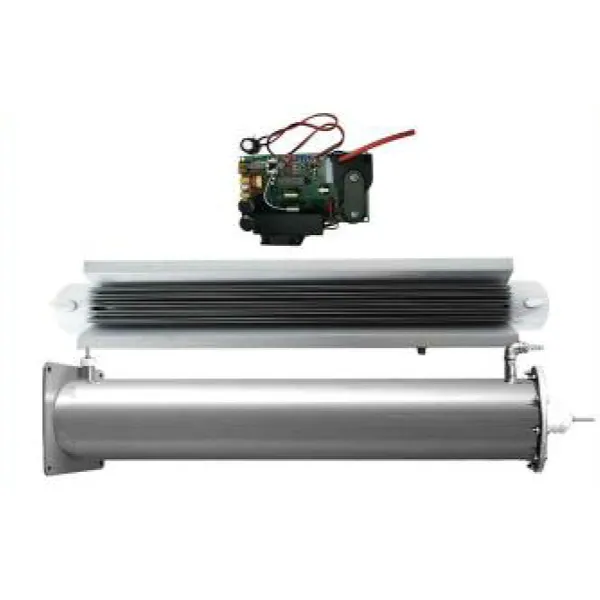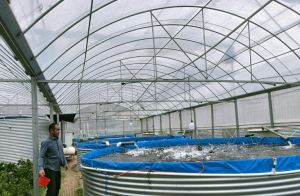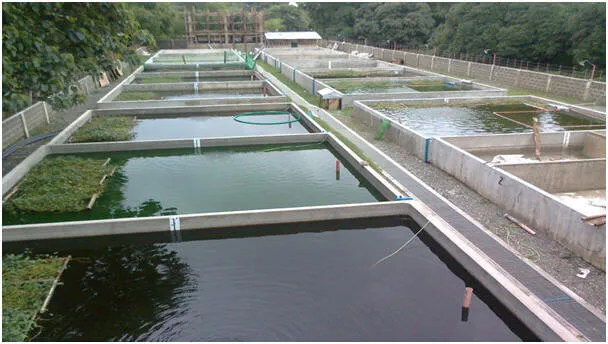Recirculating aquaculture systems (RAS) offer potential advantages over traditional fish farming . These include flexibility in site selection, reduced water use, lower wastewater volumes, better environmental control, and higher production intensity. However, as stock density and water reuse levels increase, waste accumulates rapidly and environmental control becomes more difficult. Complex systems capable of removing particulate matter and dissolved organic waste become necessary.
Traditional solids removal methods, such as durm filters and sedimentation tanks, can only remove coarse settleable and filterable solids, but not fine colloidal solids. Similarly, bacterial nitrification in biofilters removes dissolved ammonia and nitrite, but not other dissolved wastes. As the organic load increases with production intensity, the bacteria that convert nitrite to nitrate operate less efficiently, resulting in increased nitrite levels. The accumulation of fine colloidal solids, dissolved organic matter, and nitrite in the RAS impairs biofilter function and increases biochemical oxygen demand and stress levels in cultured populations. The ultimate effect of this residual organic waste is poorer system stability and lower productivity.
Increasing the daily water exchange rate in the RAS will remove accumulated colloidal solids, refractory organics and nitrites, thereby compromising the water budget and the cost of heating or cooling the system. Another method of removal is to use oxidants, such as ozone, to break down these organic wastes. Ozone is also widely used to disinfect the RAS water supply and wastewater to remove pathogens. This consultation paper discusses the use of ozone in RAS aquaculture, including application methods, benefits of use and potential risks.
The role of ozone in RAS
Ozone can be used in RAS water treatment for the following purposes:
Removal of fine and colloidal solids
Fine and colloidal solids consist of particles of 1-30 micrometers (mm) and 0.001-1 mm, respectively. The small size of the particles allows the solids to remain in suspension and avoids most mechanical separation methods. The accumulation of fine and colloidal solids can impair the nitrification efficiency of biofilters and put pressure on fish stocks.
Ozone removes fine and colloidal solids by causing solids to agglomerate , which facilitates removal by foam classification, filtration and sedimentation.
Removal of Dissolved Organic Compounds
Dissolved organic compounds (DOC) or refractory organics give water its characteristic tea-colored stain. DOC is non-biodegradable and accumulates depending on feed input, water exchange rate and solids removal rate. High concentrations of DOC can stress fish and reduce the nitrification efficiency of biological filters.
Ozone removes dissolved organic matter by oxidation to products that are more readily nitrifying in the biofilter;
Including sedimentation, which can remove waste particles by conventional filtration or sedimentation.
Removal of nitrites
As production intensifies and the organic load on the biofilter increases, nitrite accumulates. Bacteria that process ammonia into nitrite are more effective at high organic loads than bacteria that process nitrite into nitrate , and nitrite levels rise accordingly.
